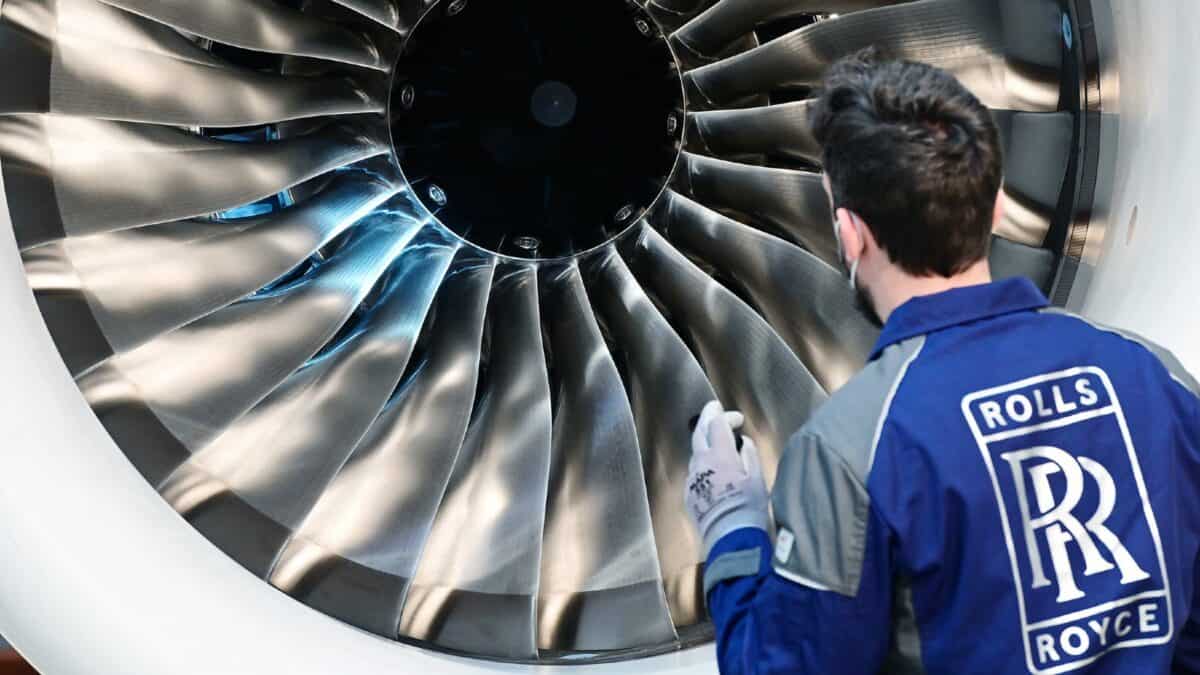Rolls-Royce (LSE:RR.) shares have been on a rampage since Tufan Erginbilgiç moved into the corner office in 2023. The engineering giant had been struggling for years under its mounting pile of debt. And after the pandemic decimated its revenue stream, the company was on the verge of bankruptcy.
Today, the story’s very different. Following some radical changes to the corporate structure, the business is finally generating meaningful operating profits again. It even achieved record-breaking free cash flow in 2023, enabling management to start paying down debts.
Seeing a business turn around so quickly is exceptionally rare. And Rolls-Royce went from being one of the worst-performing shares in the FTSE 100, to one of the best. But with all this volatility, how much money have investors made over the last five years?
The value of a £5k investment in 2019
In July 2019, Rolls-Royce shares were trading close to 290p. Therefore, ignoring the impact of trading fees, a £5,000 investment would have translated into owning approximately 1,725 shares. Later that year, the company paid out a 1.58p dividend which, based on our initial investment, translates to a total of £27.26.
It’s not a game-changing sum, but by reinvesting this capital, another 11 shares would have been acquired, bringing the total to 1,736. Sadly, this is when the pandemic hit and threw a massive spanner in the works. Subsequently, dividends were outright cancelled and have yet to make a return.
So what’s the stock price been up to? After falling to a low of 35p in October 2020, shares have since exploded. They now trade close to 450p – representing a 1,186% return for those who start buying at these dirt cheap prices.
At this price, 1,736 Rolls-Royce shares are currently worth around £7,812. So for those who invested in July 2019, the stock’s delivered an impressive 56% total return. On an annualised basis, that translates to 9.3% a year, coming in slightly ahead of the typical returns generated by the UK stock market.
Is Rolls-Royce a good investment today?
With bankruptcy no longer a serious threat and operations now gushing cash, Rolls-Royce looks like an intriguing opportunity for long-term investors. After all, the travel industry’s almost entirely recovered from the pandemic, defence spending’s on the rise due to geopolitical conflicts, and nuclear power’s rising in popularity. All of these are healthy tailwinds for Rolls-Royce to profit from.
However, as encouraging as this potential seems, it’s important to keep expectations in check. A lot of these growth opportunities are already baked into the share price. Or at least that’s what the firm’s valuation would suggest. And while debt’s steadily getting under control, the group still has £2bn of net debt exposure, resulting in a £369m annual interest bill.
As a business, Rolls-Royce appears to have a promising future. But as a stock, investors may have got a bit too excited too quickly. Erginbilgiç still has plenty of work ahead of him. And right now, it’s unclear whether the group’s performance is primarily being driven by prudent leadership or a recovering macroeconomic environment. Or maybe a mixture of both.








